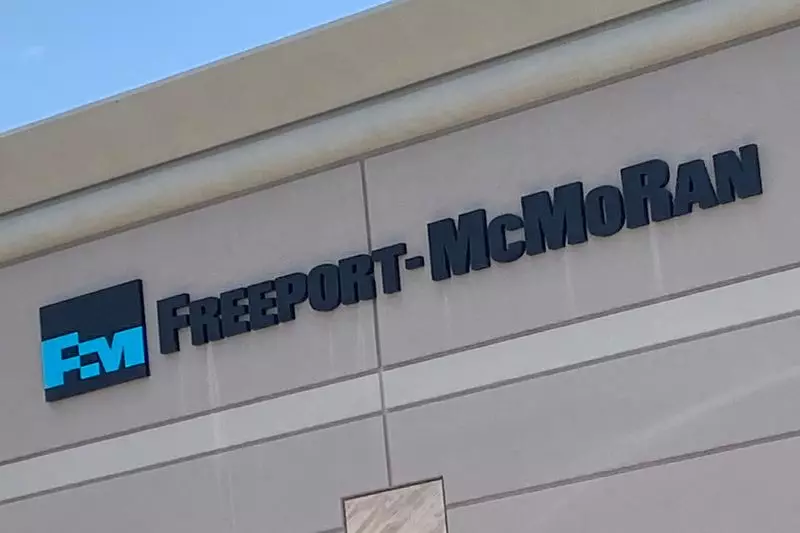Freeport-McMoRan, a leading copper mining entity, has encountered notable challenges as revealed in their recent fourth-quarter production report. Posting a decline in output, the Phoenix-based company has also signaled that costs will climb more steeply than previously anticipated, triggering an immediate response in the stock market with shares sinking over 4%. This scenario underscores the intricate balance that mining companies must manage between production efficiency and financial costs, especially in a fluctuating commodity market.
Despite the adverse production figures, Freeport-McMoRan managed to deliver better-than-expected profits for the quarter. This positive outcome was largely driven by elevated copper prices, which provided a buffer against the downturn in production volumes, particularly in Indonesia. The Grasberg mine, renowned as the second-largest copper operation globally, has been at the center of Freeport’s initiatives but has faced its share of complications, including the damage to a smelter due to a fire last year. Such setbacks highlight how operational dependencies in mining can significantly impact overall performance.
In light of recent disruptions, CEO Kathleen Quirk assured stakeholders of a robust recovery plan intended to navigate these setbacks and facilitate project completion by 2025. This proactive stance reflects the company’s commitment not only to addressing immediate operational issues but also to sustaining long-term output goals. By increasing its budget to around $4.4 billion for the year—a surprising 5% uptick—Freeport indicates its intent to prioritize both repair and growth initiatives, even amid growing operational costs.
The market reaction to Freeport’s current scenario has been mixed, and while there is a rational basis for concern, the company’s long-term outlook remains optimistic. Quirk highlighted anticipated future copper demand, suggesting that a market deficit may arise in coming years. This is a critical point for stakeholders to consider, as the efficiency improvements and anticipated price stability could position Freeport favorably in a competitive market landscape.
Another element impacting Freeport-McMoRan is the broader economic context, particularly concerning potential tariffs on copper. While the company specifically sells its production domestically to U.S. customers, the CEO expressed apprehension over how tariffs could indirectly affect global economic growth and lead to inflationary pressures within the United States. Crafting a strategy that mitigates potential risks while navigating regulatory complexities will be pivotal for the company moving forward.
While Freeport-McMoRan faces immediate production shortfalls and increasing operational costs, its strategic outlook and preparedness to tackle obstacles highlight its resilient nature and capacity for recovery in the volatile future of copper mining. Stakeholders will keenly observe how effectively the company can execute its plans while maintaining revenue momentum.

